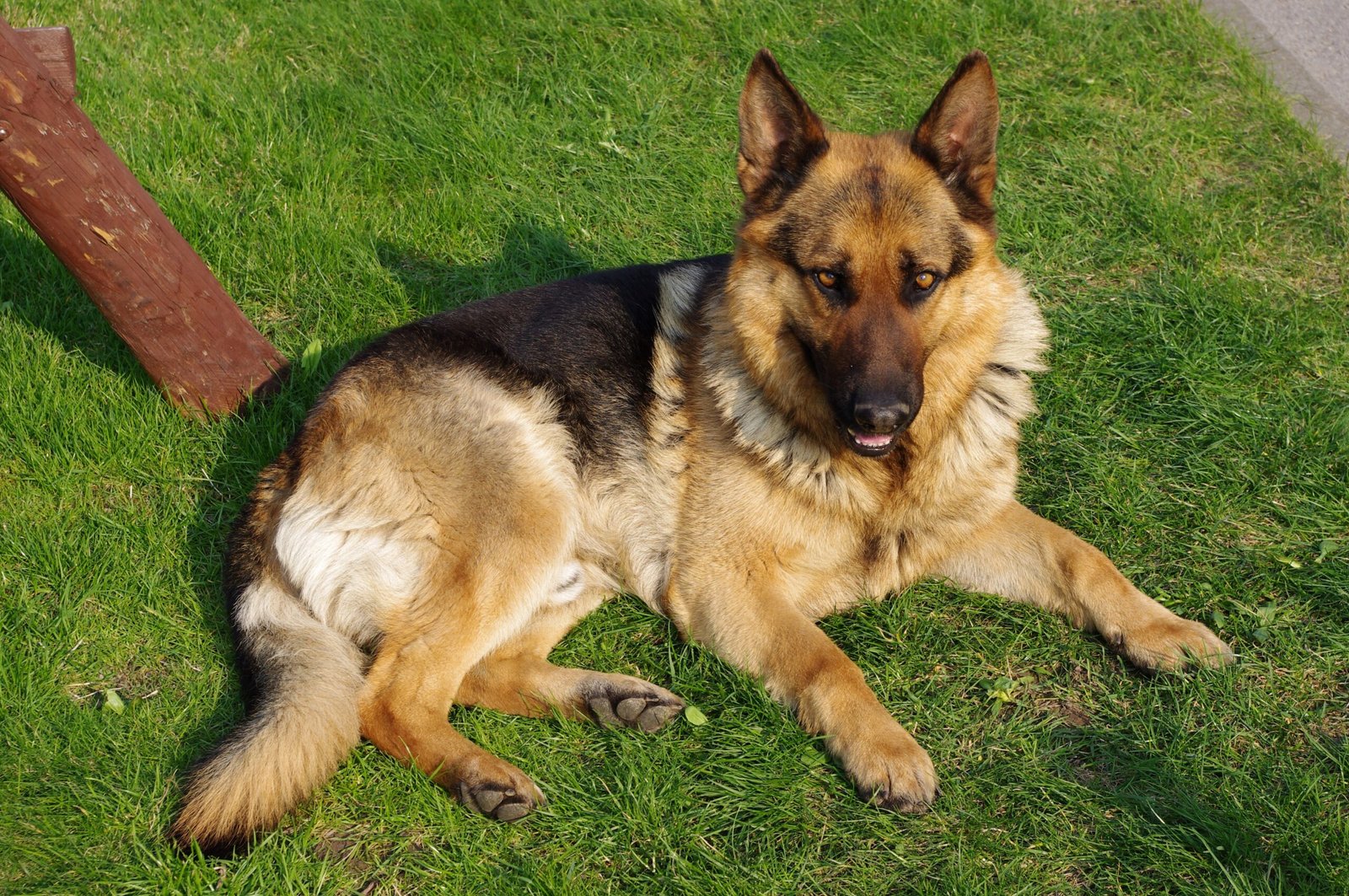Have you ever wondered what it would be like to watch your child and your German Shepherd form a bond that lasts a lifetime? Introducing a German Shepherd to young children can be an incredibly rewarding experience, but it’s not without its challenges. This process requires patience, understanding, and a little bit of strategy. German Shepherds, known for their intelligence and loyalty, can become wonderful companions for children when introduced correctly. The key lies in creating a positive, safe environment for both the dog and the child. So, how do you ensure a smooth introduction? Let’s dive into the steps and tips that will help your family and furry friend thrive together.
Understanding Your German Shepherd’s Temperament
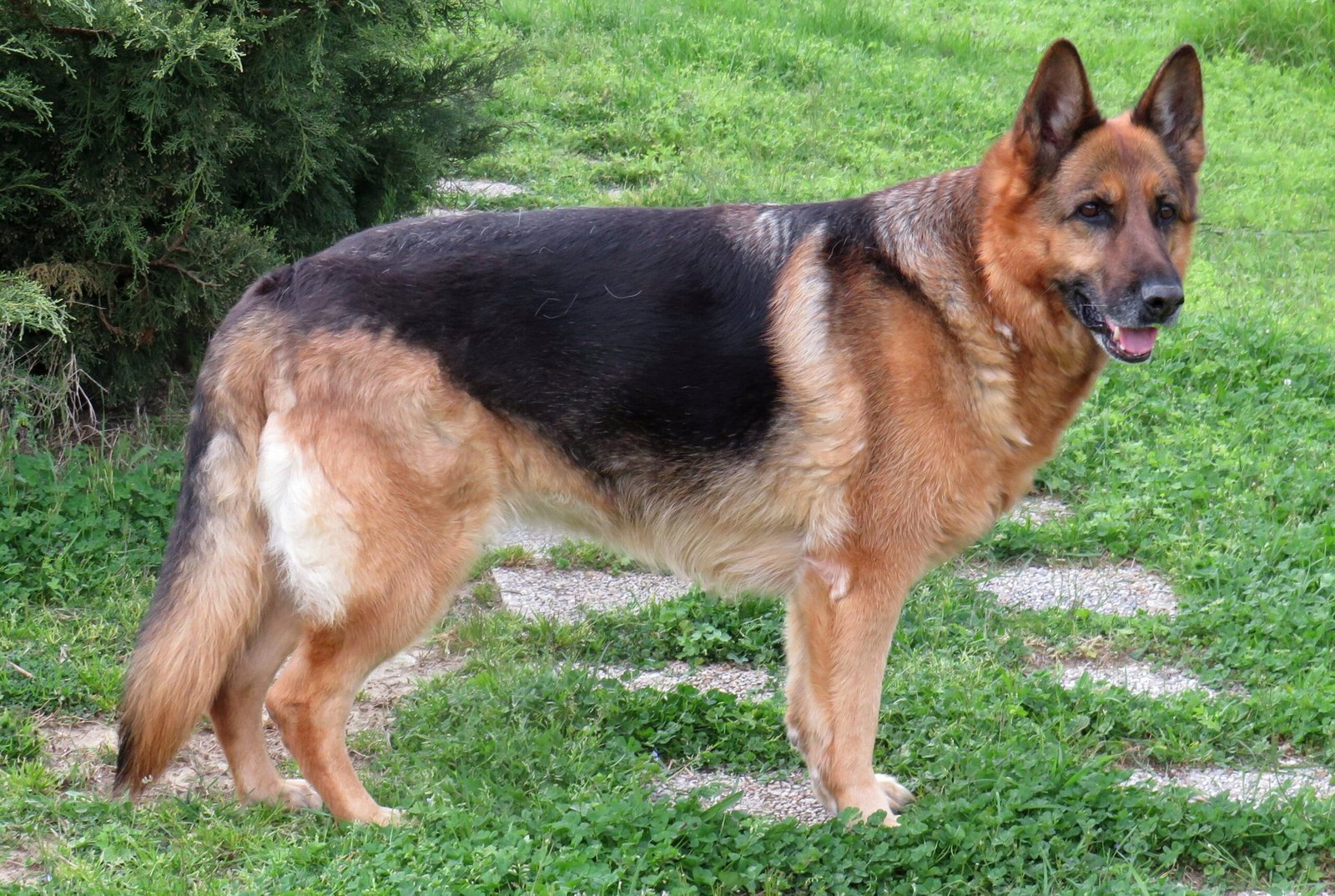
German Shepherds are known for their intelligence, loyalty, and protective nature—traits that make them excellent family dogs when properly introduced and socialized. But bringing a powerful, alert breed like a German Shepherd into a home with young children requires patience, preparation, and mutual understanding. With the right approach, these devoted dogs can become gentle guardians and playful companions for even the smallest family members.
Before introducing your German Shepherd to young children, it’s essential to understand their temperament. German Shepherds are naturally protective, intelligent, and energetic dogs. They are often used as working dogs due to their trainability and loyalty. However, these traits can also mean they may be wary of strangers, including children. It’s important to recognize that each dog is an individual, and their reactions may vary. Observing your dog’s behavior in different situations can provide insight into how they might react to a child. Are they generally calm or excitable? Do they respond well to new experiences? Understanding your dog’s personality will help you tailor the introduction process to suit both the dog and the child.
Preparing Your Home for the Introduction

Creating a safe and welcoming environment is crucial when introducing a German Shepherd to young children. Begin by setting up a designated space where the dog can retreat if they feel overwhelmed. This could be a cozy corner with their bed or a separate room where they can relax. Ensure that the child’s toys and belongings are kept out of reach to prevent any accidental chewing or swallowing. It’s also a good idea to establish boundaries for both the dog and the child. Teaching children not to disturb the dog while they’re eating or sleeping will help prevent any misunderstandings. By preparing your home, you’re laying the foundation for a positive and stress-free introduction.
Introducing the Dog to the Child Gradually

A gradual introduction is key to ensuring both your German Shepherd and child feel comfortable. Start by allowing the dog to observe the child from a distance. This will give the dog time to become familiar with the child’s presence without feeling threatened. Over time, you can decrease the distance, allowing the dog to sniff and explore the child at their own pace. It’s important to supervise these interactions closely, offering praise and treats to the dog for calm behavior. Encourage the child to remain calm and avoid sudden movements that might startle the dog. By taking it slow, you’re building trust and setting the stage for a harmonious relationship.
Teaching Children How to Interact with Dogs
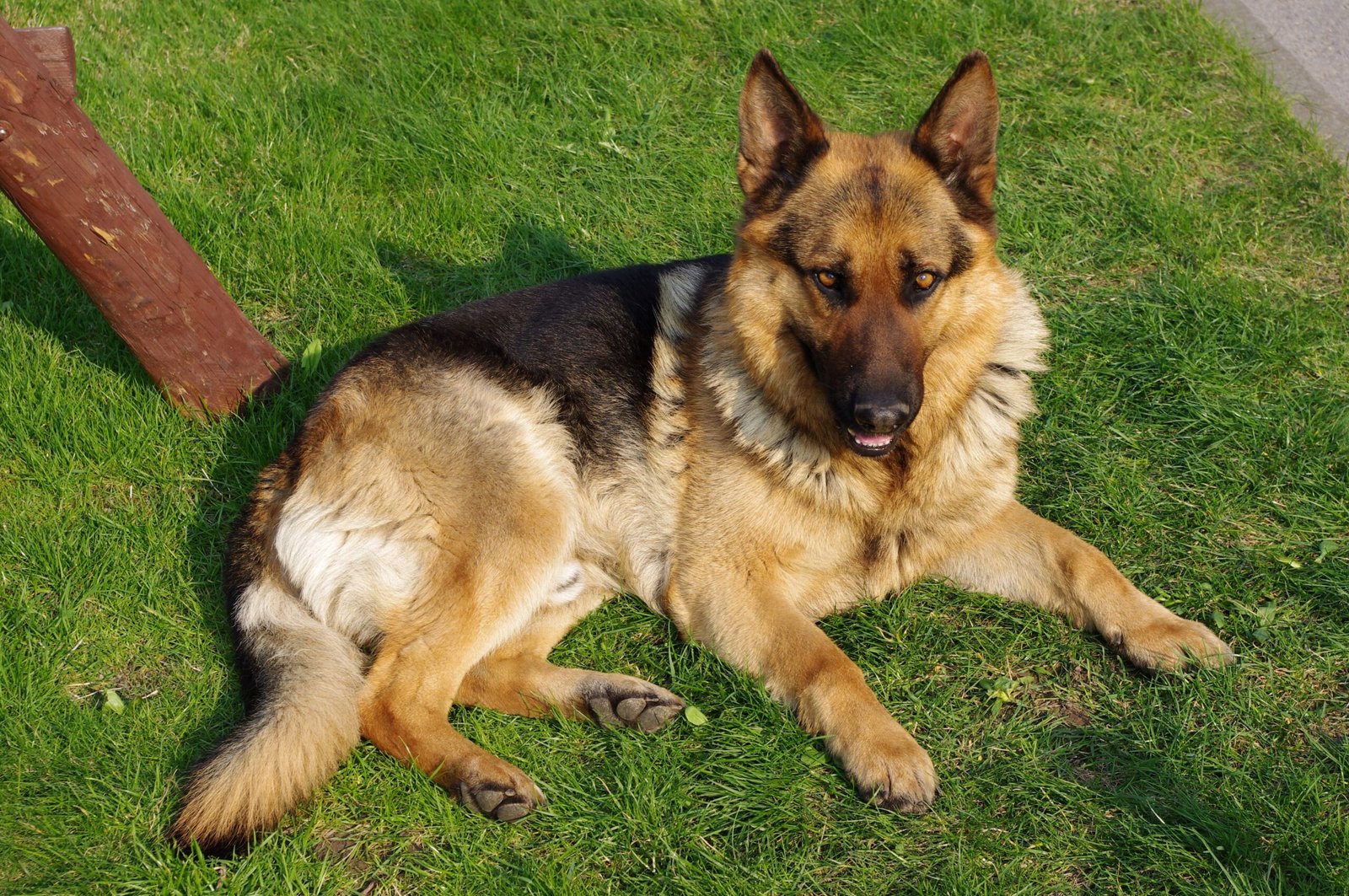
Educating children on how to interact with dogs is just as important as the introduction itself. Teach them to approach the dog slowly and gently, using a calm voice. Explain that pulling on the dog’s ears or tail can hurt them and that dogs, like people, need personal space. Encourage children to offer treats with an open palm to avoid accidental nipping. It’s also vital to instruct them on the signs of a stressed or anxious dog, such as growling or retreating. By empowering children with knowledge, you’re helping them build a respectful and loving relationship with their new furry friend.
Building Trust Through Positive Reinforcement
Positive reinforcement is a powerful tool in building trust between your German Shepherd and young children. Rewarding the dog with treats, praise, or playtime when they exhibit calm and gentle behavior around the child reinforces positive associations. Similarly, praising the child for respectful interactions with the dog encourages continued good behavior. This mutual reinforcement creates a positive cycle, fostering a bond based on trust and respect. Over time, both the dog and the child will come to view each other as companions, not just cohabitants.
Recognizing Signs of Stress in Your Dog
Understanding the signs of stress in your German Shepherd is crucial for maintaining a peaceful environment. Look for body language cues such as tucked tails, lip licking, or yawning, which can indicate discomfort. If your dog begins to growl or bark excessively, it may be a sign that they need a break from the situation. It’s important to respect these signals and provide your dog with a safe space to retreat to if needed. By being attentive to your dog’s needs, you can prevent negative interactions and ensure that both the dog and the child remain happy and stress-free.
Encouraging Playtime and Bonding Activities
Playtime is a fantastic way for your German Shepherd and child to bond. Encourage games that involve both the dog and the child, such as fetch or hide and seek. These activities allow the dog to expend energy while teaching the child how to engage with the dog positively. Always supervise playtime to ensure it remains safe and enjoyable for both parties. Over time, these shared experiences will strengthen the bond between your child and their furry friend, creating cherished memories that last a lifetime.
Addressing Challenges and Seeking Professional Help
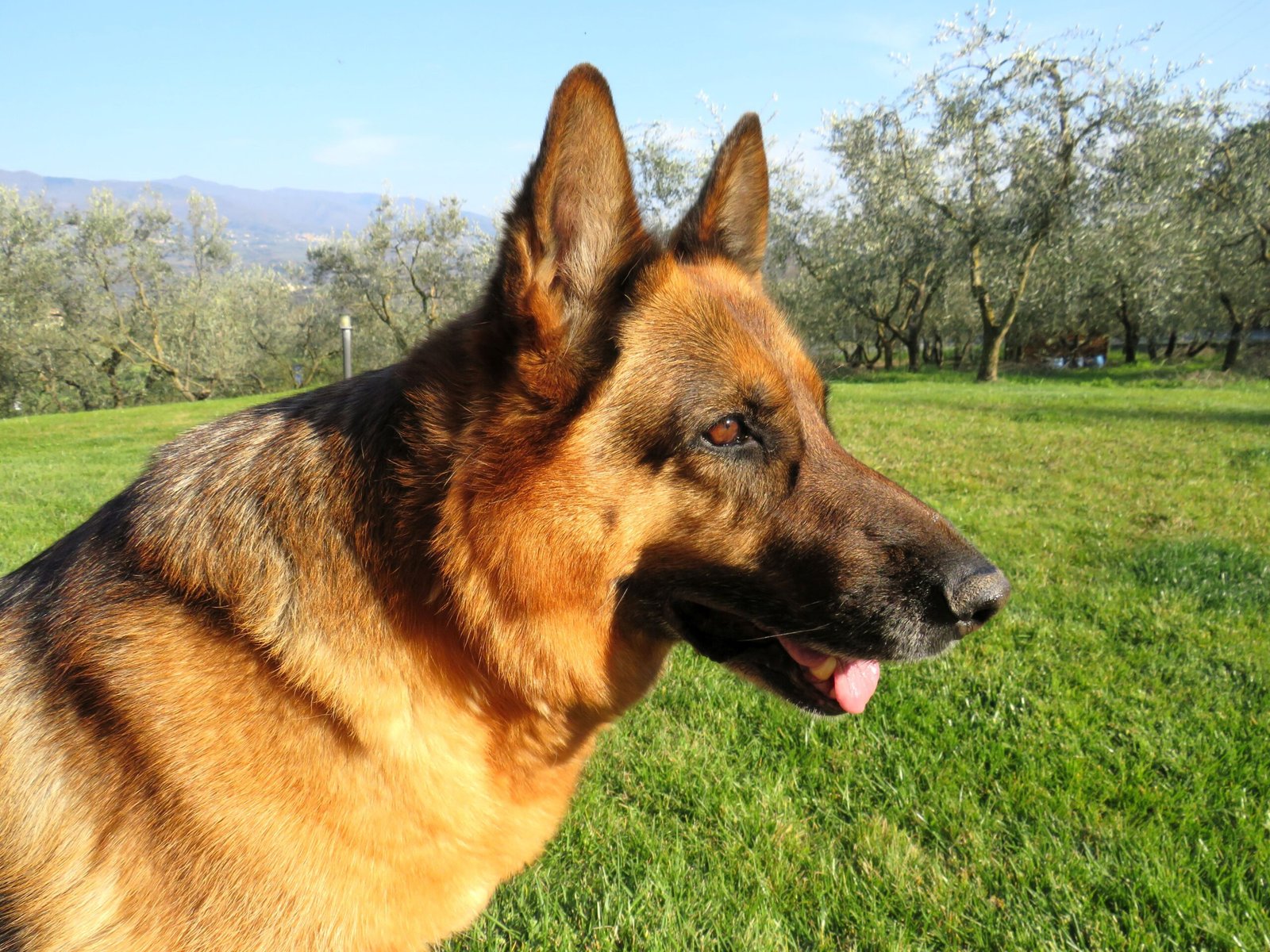
Despite your best efforts, you may encounter challenges during the introduction process. If your German Shepherd displays aggressive behavior or if the child is fearful, it may be beneficial to seek the help of a professional dog trainer or behaviorist. These experts can provide personalized guidance and strategies to address specific concerns. Remember, seeking help is not a sign of failure but a proactive step towards ensuring a harmonious relationship between your dog and child.
Celebrating the Bond Between Your Child and German Shepherd
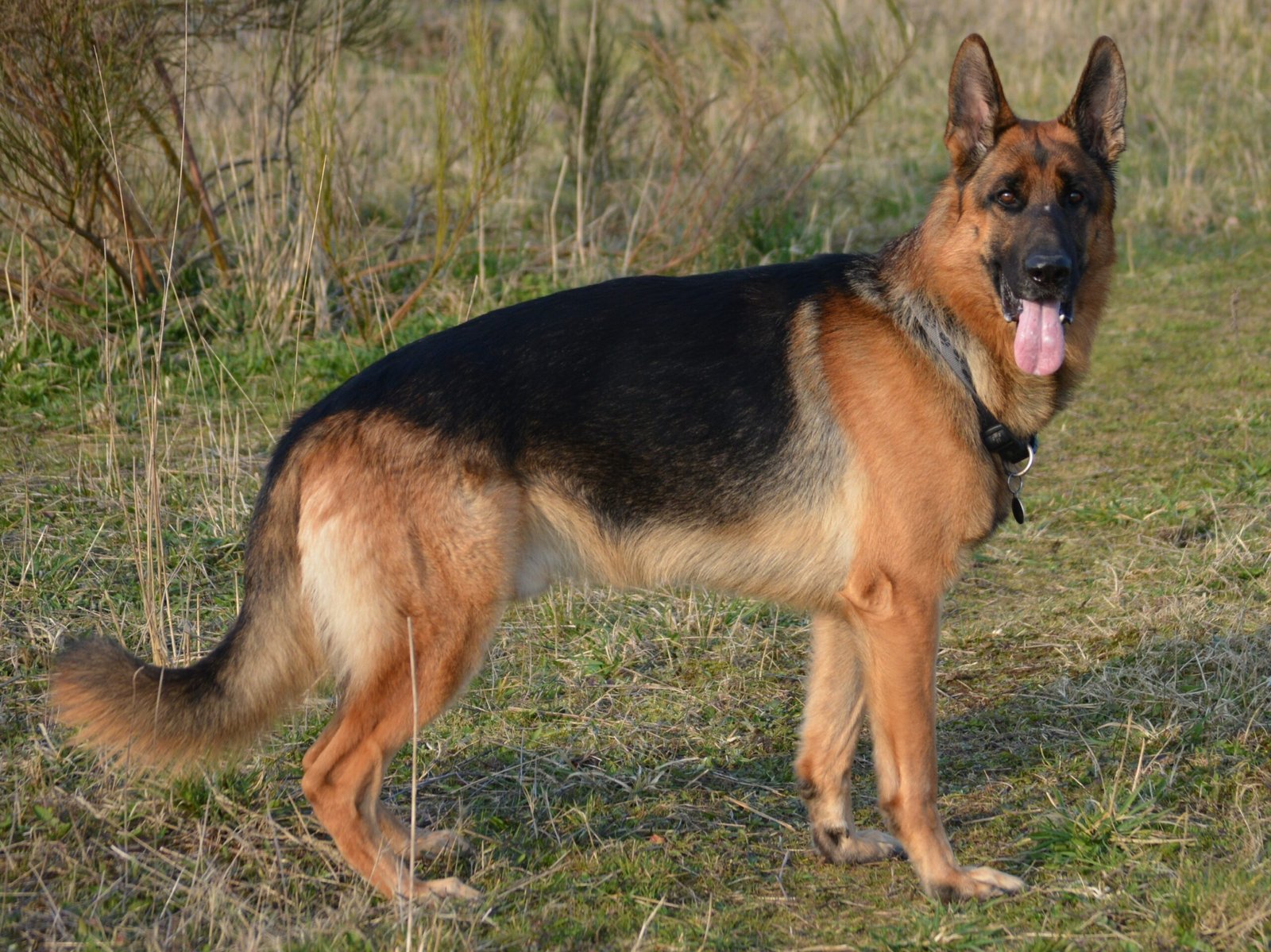
Once your German Shepherd and child have established a bond, take time to celebrate this special relationship. Capture moments of their friendship through photos and videos, and share these memories with family and friends. Encourage your child to take part in the dog’s care, such as feeding or grooming, to further strengthen their connection. By fostering a loving and respectful bond, you’re setting the foundation for a lifelong friendship that will enrich your family’s life in countless ways.
Introducing a German Shepherd to young children requires patience, understanding, and a thoughtful approach. By following these steps and being attentive to the needs of both your dog and child, you can create a harmonious and loving environment. Remember, the bond between a child and their dog is a beautiful thing, full of laughter, love, and shared adventures.

